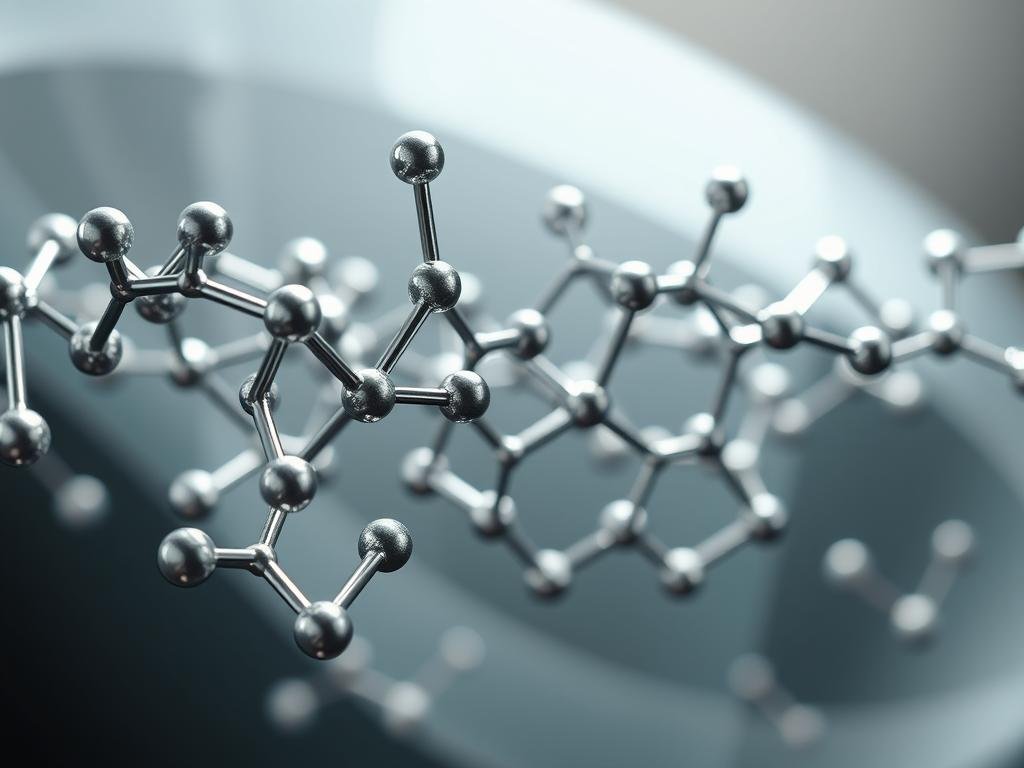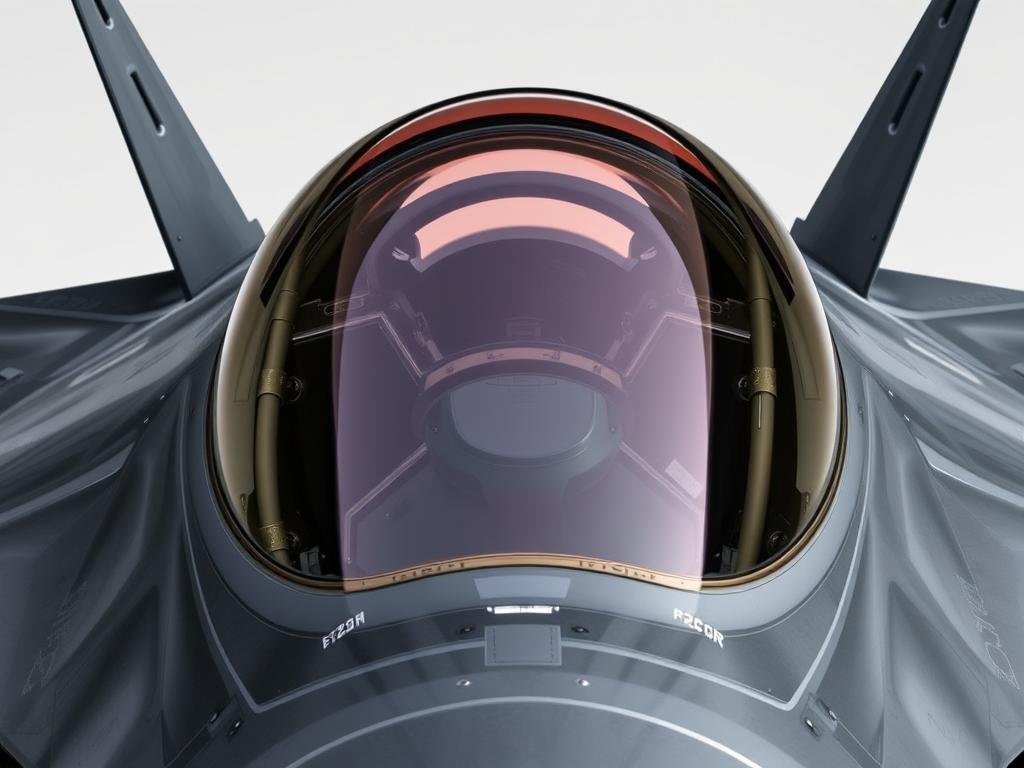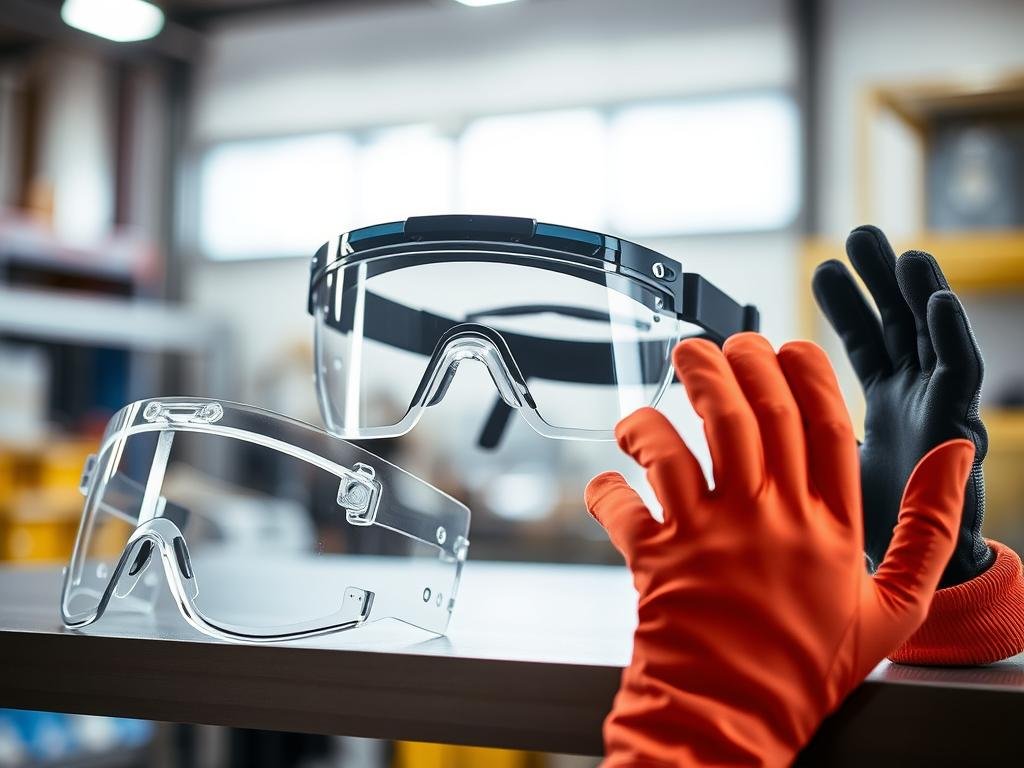聚碳酸酯 is a versatile polymer known for its exceptional balance of properties, making it a staple in modern engineering and manufacturing.
The unique 密度 of approximately 1.2 g/cm³ contributes to its lightweight characteristics while maintaining mechanical strength.
This article explores how polycarbonate’s 密度 influences its performance and why it’s preferred in various applications requiring transparency, impact resistance, and thermal stability.
理解的 屬性 of 聚碳酸酯 is crucial for selecting the optimal material for specific applications where 重量 considerations are paramount.
Understanding Polycarbonate Material Density
Understanding the density of polycarbonate is essential for leveraging its unique properties in different fields. Polycarbonate is a versatile thermoplastic polymer known for its exceptional strength, transparency, and resistance to impact.
What Is Polycarbonate and Its Density Value?
Polycarbonate is a group of thermoplastic polymers containing carbonate groups in their chemical structures. The density of polycarbonate material typically ranges from 1.19 to 1.22 g/cm³, with 1.2 g/cm³ being the standard reference value used in engineering calculations and material specifications.
- Polycarbonate is a thermoplastic polymer containing carbonate groups, with bisphenol A (BPA) being a common base component.
- The specific density value of 1.2 g/cm³ places polycarbonate between commodity plastics and high-performance engineering materials.
The Significance of 1.2 g/cm³ in Engineering Applications
The 1.2 g/cm³ density is particularly significant in engineering applications where weight reduction is critical but mechanical properties cannot be compromised. This density, combined with high tensile strength (55-75 MPa), creates an exceptional strength-to-weight ratio.
- Aerospace components and automotive parts benefit from polycarbonate’s lightweight yet strong characteristics.
- Understanding polycarbonate’s density is crucial for calculating material requirements and performance expectations.
How Polycarbonate Density Compares to Other Plastics
The density of polycarbonate is a key characteristic that differentiates it from other plastics like acrylic and ABS. Understanding these differences is crucial for selecting the right material for specific applications.
Density Comparison: Polycarbonate vs. PMMA (Acrylic)
Polycarbonate has a density of 1.20-1.22 g/cm³, while PMMA (acrylic) has a density between 1.17 and 1.20 g/cm³. Although the density difference is minimal, polycarbonate offers significantly higher impact resistance, making it up to 250 times stronger than acrylic. This difference in mechanical properties makes polycarbonate the preferred choice for applications requiring both optical clarity and durability.
As Dr. John Smith, a materials scientist, notes, “The slight density variation between polycarbonate and acrylic translates into substantial differences in their performance characteristics.”
Polycarbonate vs. ABS and Other Engineering Thermoplastics
Compared to ABS, which has a density of approximately 1.05 g/cm³, polycarbonate is about 15% denser. However, polycarbonate provides superior optical clarity, temperature resistance, and impact strength. This makes the slightly higher density of polycarbonate worthwhile for many high-performance applications.
- Polycarbonate offers higher impact resistance compared to ABS.
- Polycarbonate provides better optical clarity than ABS.
- The temperature resistance of polycarbonate is superior to ABS.
Comparative Density Table of Common Plastics
A comparative density table of common plastics highlights the relative position of polycarbonate among other materials.
| Material | 密度 (g/cm³) |
|---|---|
| Low-Density Polyethylene (LDPE) | 0.91-0.94 |
| High-Density Polyethylene (HDPE) | 0.91-0.96 |
| ABS | 1.05 |
| PMMA (Acrylic) | 1.17-1.20 |
| 聚碳酸酯 | 1.20-1.22 |
| PVC | 1.3-1.45 |
As shown in the table, polycarbonate occupies a middle ground between lightweight commodity plastics like polyethylene and heavier engineering materials like PVC. Understanding these density differences is crucial for material selection, as each plastic offers unique advantages based on its density-to-performance ratio.
Physical Properties Influenced by Polycarbonate Density
The density of polycarbonate significantly influences its physical properties, making it a versatile material for various applications. This section will explore how polycarbonate’s density affects its impact resistance, transparency, and thermal stability.
抗衝擊性與韌性
Polycarbonate is renowned for its exceptional impact resistance, which is directly related to its density. With an Izod impact strength of 600-850 J/m, it is virtually unbreakable in many applications where other materials like glass or acrylic would shatter. The material’s molecular structure and density enable it to absorb and dissipate energy from impacts, providing superior protection in safety-critical applications such as bulletproof windows, protective eyewear, and sports equipment.
Transparency and Optical Properties
Despite its density, polycarbonate achieves remarkable transparency, with light transmission up to 89%. This property makes it outperform many types of glass while weighing approximately half as much. The combination of optical clarity and impact resistance makes polycarbonate ideal for applications requiring both properties, such as in automotive and aerospace industries.
Thermal Stability and Temperature Resistance
Polycarbonate’s thermal stability is directly related to its density and molecular structure. It has a glass transition temperature of about 147°C (297°F) and can withstand temperatures between -40°C and 115-130°C for working applications. This wide temperature range makes polycarbonate suitable for various industrial and consumer applications.
| Property | Value | 單位 |
|---|---|---|
| 密度 | 1.2 | g/cm³ |
| Izod Impact Strength | 600-850 | J/m |
| Light Transmission | Up to 89% | % |
| Glass Transition Temperature | 147 | °C |
Structural Characteristics Behind Polycarbonate’s Density
Understanding the structural characteristics of polycarbonate is crucial for explaining its density. The unique properties of polycarbonate, including its density of 1.2 g/cm³, are directly related to its molecular structure and the arrangement of its polymer chains.
Molecular Structure and Carbonate Groups
The molecular structure of polycarbonate features carbonate groups (-O-(C=O)-O-) that create a rigid backbone. These carbonate linkages have planar OC(OC)2 cores, contributing to the material’s rigidity and thermal stability. The short O=C bond (1.173 Å) and more ether-like C-O bonds (1.326 Å) play a crucial role in polycarbonate’s overall properties.

How Polymer Chains Affect Material Density
聚碳酸酯中聚合物鏈的排列形成非晶結構,影響其密度並促進其光學透明度。生產過程中分子量的變化可以微調材料的密度和機械性能。較高分子量的等級提供更高的韌性,但加工較為困難。
| Property | Effect of Molecular Structure | 對密度的影響 |
|---|---|---|
| Rigidity | 碳酸鹽基團形成剛性骨架 | Influences overall density |
| 熱穩定性 | Planar OC(OC)2 cores contribute to stability | Affects material performance |
| Optical Clarity | Amorphous structure from polymer chain arrangement | Contributes to transparency |
The balance between chain length, branching, and intermolecular forces in polycarbonate’s structure creates the optimal density that provides its unique combination of strength, transparency, and thermal stability. Understanding these structural characteristics is essential for engineers to predict how polycarbonate will perform under various conditions and modify its properties for specific applications.
Applications Leveraging Polycarbonate’s Density Advantages
The low density of polycarbonate is enabling its use in innovative applications across different industries. Its unique combination of properties, including high impact resistance, transparency, and thermal stability, makes it an ideal material for various sectors.
Automotive and Aerospace Applications
聚碳酸酯在汽車產業中被廣泛用於車頭燈 lenses and interior components due to its lightweight and high impact resistance. In aerospace, it is used for cockpit canopies, such as in the F-22 Raptor, benefiting from its exceptional strength-to-weight ratio.

Electronics and Data Storage
The electronics industry leverages polycarbonate’s unique properties for data storage, including CDs, DVDs, and Blu-ray discs. Its precision injection molding creates lightweight yet durable parts.
Construction and Safety Equipment
聚碳酸酯板在建築中用於 greenhouse glazing, skylights, and sound barriers, where transparency, impact resistance, and lightweight properties are required. In safety equipment, polycarbonate is used for protective eyewear, face shields, riot shields, and bulletproof windows,提供保護同時保持輕巧。

These applications demonstrate the versatility of polycarbonate and its potential to drive innovation in various industries.
可能影響聚碳酸酯材料密度的因素
Understanding the factors that influence polycarbonate density is crucial for optimizing its performance in different applications. Polycarbonate’s base density of 1.2 g/cm³ can be modified through various means to achieve specific material properties.
添加劑與填充物的影響
Additives and fillers play a significant role in altering polycarbonate’s density. For instance, flame retardants can increase density, while impact modifiers may lower it. Foaming agents can be used to create cellular structures that reduce density. The choice of additive depends on the desired application and required material properties.
| Additive/Filler | Effect on Density | 應用程式 |
|---|---|---|
| 阻燃劑 | Increase | 電氣元件 |
| 影響修飾符 | 降低 | 汽車零件 |
| 起泡劑 | 降低 | 輕量化結構 |
加工方法如何影響密度值
注塑成型、擠出成型和壓縮成型等加工方法,會通過冷卻速度、剪切力和材料流動的變化,影響聚碳酸酯的密度。注塑成型的壓力、溫度和冷卻速度等參數,會影響材料的包覆密度和內部應力分佈。
Extrusion processes can create materials with more uniform density compared to injection molding. Understanding these variables allows manufacturers to fine-tune polycarbonate’s density for specific applications, balancing weight considerations against mechanical performance requirements.
- 分子量直接影響聚碳酸酯的密度,較高分子量等級的密度值略高。
- 引入微空洞或內部應力的加工條件可能會降低聚碳酸酯零件的有效密度。
與聚碳酸酯密度相關的潛在問題
聚碳酸酯的密度,雖然在許多應用中具有優勢,但也帶來潛在的環境與健康風險。雖然其輕量且堅韌的特性使其成為各行各業的理想材料,但其密度和化學結構導致其在垃圾掩埋場中抗自然分解。
環境影響與退化
聚碳酸酯的抗劣化能力引發了對其環境影響的擔憂。在特定條件下,例如高溫和濕度,該材料可能水解成雙酚A(BPA),有可能釋放有害化合物到環境中。此外,即使在環境溫度和正常 pH 值下,聚碳酸酯中的 BPA 也可能滲出,對生態系統和人類健康構成風險。
食品接觸應用中的BPA問題
在食品接觸應用中,聚碳酸酯產品中雙酚A的潛在遷移引發了安全性問題。這促使製造商開發出不含雙酚A的聚碳酸酯替代品,具有類似的密度和機械性能。然而,仍然面臨在平衡聚碳酸酯的密度優點與降低其環境足跡以及確保在各種應用中安全性的挑戰。

結論:聚碳酸酯作為輕量化工程材料的未來
未來 聚碳酸酯 作為一種優質輕量工程材料,前景看好,受到持續研究與創新的推動 製造流程. With its 密度 1.2 g/cm³, 聚碳酸酯 提供在多個行業中推動創新的屬性之間的最佳平衡 輕量級 and high-強度材料 是必要的。
進展 製造流程 正在實現更精確的控制權 聚碳酸酯密度, 允許客製化 materials that meet specific requirements for 重量, 力量, 和光學 品質. 隨著工程師持續利用 polycarbonate’s 獨特 密度 特徵,未來 應用程式 可能會擴展到新的領域,包括先進醫療設備和下一代交通系統。
